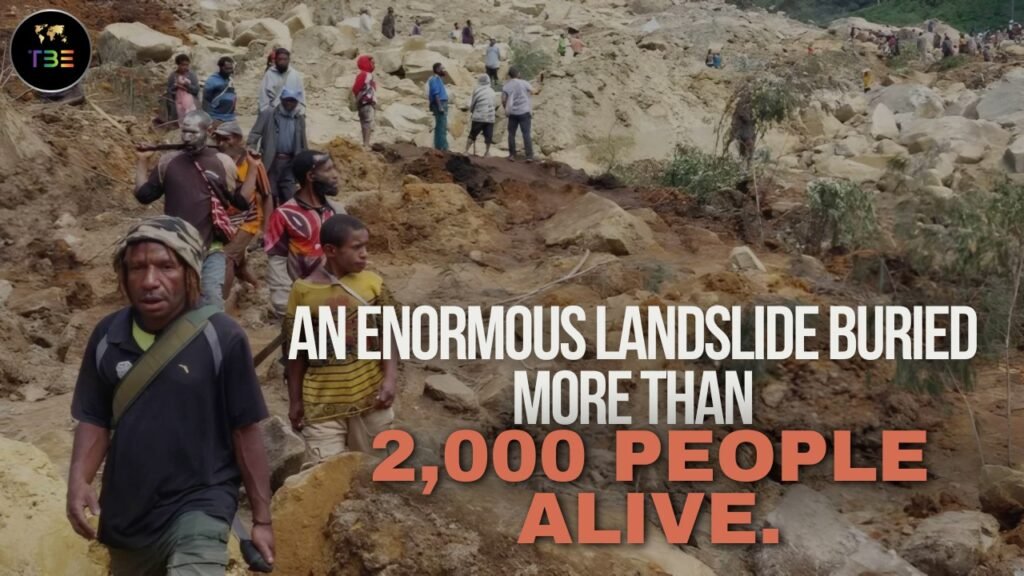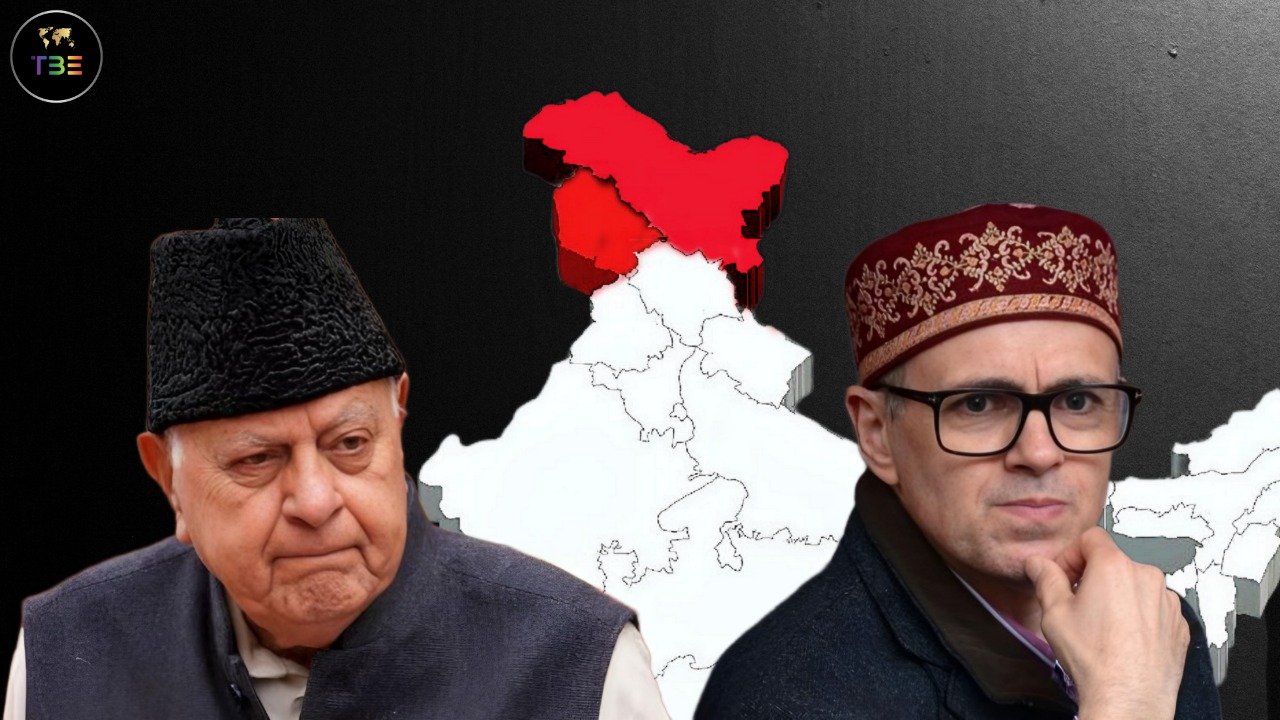
Landslide in Papua New Guinea: Thousands Missing
According to a government organization, there are concerns that the number of people missing after a catastrophic landslide in Papua New Guinea may reach the thousands. It was thought that more than 2,000 people were buried alive in Friday’s disaster, according to a letter from the acting director of the country’s National Disaster Centre.
However, because of obstacles to rescue efforts such as rubble 10 meters (32 feet) thick in certain areas and a lack of proper equipment, it has been difficult to determine an exact casualty total and estimates have fluctuated greatly. 670 people are listed as missing by the United Nations (UN), with fewer than twelve bodies having been found so far.
Impact on the Community
A thriving town in the province of Enga was completely destroyed by the early Friday morning collapse of a mountainside, with devastation stretching over nearly a kilometer, according to witnesses. Before the accident, the population of the area was estimated to be 3,800. “Extensive” damage that “caused major impact on the economic lifeline of the country” was stated in the letter sent by Lusete Laso Mana.
About 600 kilometers northwest of Port Moresby, the nation’s capital, Prime Minister James Marape has sent his sympathies and directed the nation’s defense force and emergency services to the region. However, residents of the impacted community of Kaokalam said they are still waiting on authorities to intervene and launch more extensive rescue efforts.
Community Struggles
Evit Kambu, a resident, stated she thought many of her family members were buried beneath the wreckage and rubble. “Under the dirt and rubble I stand on, there are eighteen of my family members interred. She told news agency Reuters, “And a lot more family members in the village I cannot count.”
“We appreciate everyone who came to assist us. But I am useless here because I cannot get the bodies back.” Locals felt like they were on their own, a community leader who visited the location. They were trying to extract victims with shovels and just their hands. “It’s been close to three or four days, yet many bodies have still not been found. People are having a terrible time getting out of the landslide, and they are pleading with the government for assistance.”
Rescue Efforts
Nonetheless, a province-level police source told that he had saw soldiers arrive at the location and that they were making an effort to move boulders in an effort to release the trapped people. “People in the area are only digging where they can see it is safe since we’re concerned about more landslides and deaths, which makes digging really difficult right now. Wherever we notice that people are buried, we are attempting to locate them,” he stated.
He said that people could still be heard begging for assistance beneath the debris, having visited the scene multiple times since Friday’s collapse. One couple was reportedly recovered alive from under rocks by the local media. Their home had barely been caught at the edge of the onslaught of the landslide, but they had survived.
Challenges in Recovery
The challenges surrounding the rescue had previously been explained by a representative of the UN organization responsible for migration in the nation. Teams attempting to retrieve bodies face a variety of difficulties, according to Serhan Aktoprak of the International Organization for Migration. One such difficulty is that some bereaved relatives are reluctant to allow large machinery to be near their loved ones. As a substitute, “people are using digging sticks, spades, large agricultural forks to remove the bodies buried under the soil.”
Huge boulders, trees, and disturbed dirt are among the landslide’s debris. Major damage to the one road leading to the town is another issue that rescue crews reporting on the site say is impeding their operations. About 200 meters (650 feet) have been damaged by the landslide, according to Ms. McMahon. The island nation’s northern mountains are home to the Mount Mungalo landslide. Reporters and local authorities have blamed weeks of intense rain and other damp weather in the region for the mountain’s collapse.
















Leave a Reply